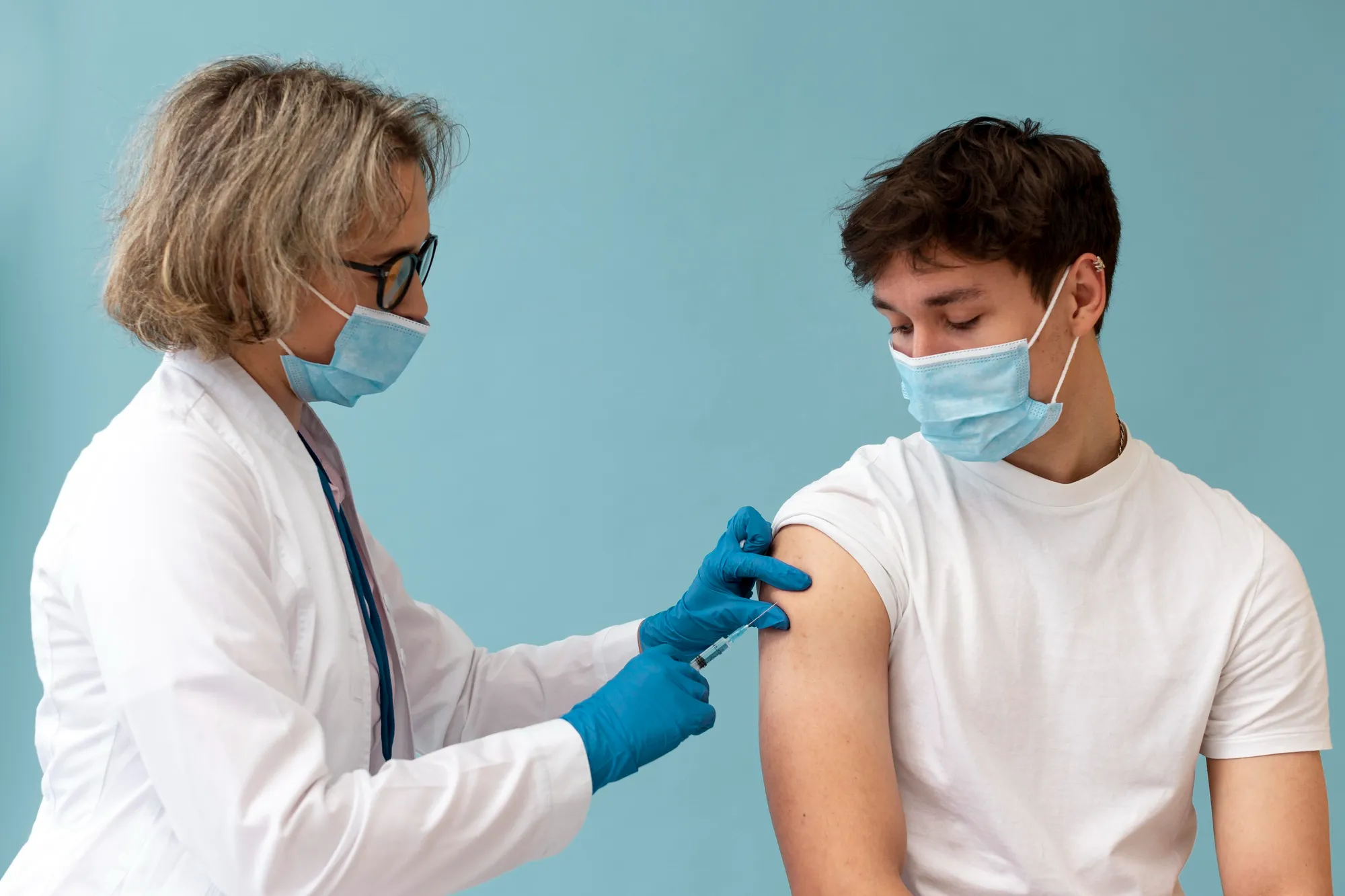In the journal of “Controlled Release,” esteemed experts in the field of immunology and pharmaceutical technology have presented an enlightening article on protein subunit vaccines, raising hopes in the fight against COVID-19. The paper, published on January 20, 2024, in issue 366 of the journal, offers a thorough examination of the latest developments and future potential of protein subunit vaccines in managing the ongoing pandemic (DOI: 10.1016/j.jconrel.2024.01.017).
As the world grapples with the COVID-19 health crisis, a new type of vaccine has moved to the forefront of scientific endeavors – the protein subunit vaccine. Driven by the urgent need for safe and effective vaccines, researchers have focused on leveraging viral proteins, particularly the spike protein of SARS-CoV-2, to bolster immune defenses without the associated risks of disease induction inherent to other vaccine types.
Firstly, the robust safety profile of protein subunit vaccines sets them apart as a key player in the healthcare arsenal. The vaccine technology works by introducing a fragment of the pathogen, such as a protein segment from the virus, which is recognized by the immune system but is not infectious itself. This methodology presents a significant lower risk profile compared to live attenuated or vector-based vaccines.
Authors Vivek P. Chavda from L. M. College of Pharmacy and Eswara Naga Hanuma Kumar Ghali from The University of Texas Rio Grande Valley, along with their colleagues, illuminate various cutting-edge techniques that have enhanced the development of protein subunit vaccines. These techniques include reverse vaccinology, virus-like particles (VLPs), and recombinant modifications, which have collectively reshaped the vaccine landscape.
The application of advanced manufacturing technologies is also highlighted, offering scalable production methods to meet global demand swiftly. This ensures that no stone is left unturned in distributing these life-saving formulations to every corner of the planet.
While progress abounds, there remain hurdles that dampen the full potential of protein subunit vaccines. Notably, the need for cold-chain storage can limit access in low-resource areas, and the possibility of requiring booster doses presents logistical difficulties in maintaining sustained immunity in the population.
The collaborated work of several eminent scientists, including Chavda and Ghali, alongside Pankti C. Balar, Subhash C. Chauhan, Nikita Tiwari, Somanshi Shukla, Mansi Athalye, Vandana Patravale, Vasso Apostolopoulos, and Murali M. Yallapu, has culminated in an all-encompassing review of the protein subunit vaccine domain. This meticulous research assesses the current status, clinical developments, and regulatory approvals of protein subunit vaccines, framing a panoramic view of their role in public health and pandemic control.
The authors stress the importance of ongoing innovation and optimization of these vaccines to effectively harness their full potential. They call for collaborations across disciplines to navigate and overcome the current barriers, advocating for open communication between the scientific community, policy-makers, and the public to maximize the benefits of protein subunit vaccines.
References
1. Chavda, V. P., Ghali, E. N. H. K., Balar, P. C., Chauhan S. C., Tiwari, N., Shukla, S., Athalye, M., Patravale, V., Apostolopoulos, V., & Yallapu, M. M. (2024). Protein subunit vaccines: Promising frontiers against COVID-19. Journal of Controlled Release, 366, 761-782. doi: 10.1016/j.jconrel.2024.01.017.
2. Graham, B. S. (2020). Rapid COVID-19 vaccine development. Science, 368(6494), 945–946. doi:10.1126/science.abb8923.
3. Krammer, F. (2020). SARS-CoV-2 vaccines in development. Nature, 586(7830), 516–527. doi:10.1038/s41586-020-2798-3.
4. Chen, W. H., Strych, U., Hotez, P. J., & Bottazzi, M. E. (2020). The SARS-CoV-2 vaccine pipeline: an overview. Current Tropical Medicine Reports, 7(2), 61–64. doi:10.1007/s40475-020-00201-6.
5. Kyriakidis, N. C., López-Cortés, A., González, E. V., Grimaldos, A. B., & Prado, E. O. (2021). SARS-CoV-2 vaccines strategies: a comprehensive review of phase 3 candidates. NPJ Vaccines, 6(1), 28. doi:10.1038/s41541-021-00292-w.
Keywords
1. Protein Subunit Vaccines
2. COVID-19 Vaccine Development
3. SARS-CoV-2 Spike Protein
4. Vaccine Manufacturing Technologies
5. Immunization Strategies COVID-19
These keywords have been carefully selected to optimize the online visibility of this informative and timely article. As the world continues to adapt and respond to the challenges of the COVID-19 pandemic, the conversation about emerging vaccine technologies remains crucial. Through the lens of protein subunit vaccines, we glimpse a future where disease prevention is safer, more effective, and widely accessible.
